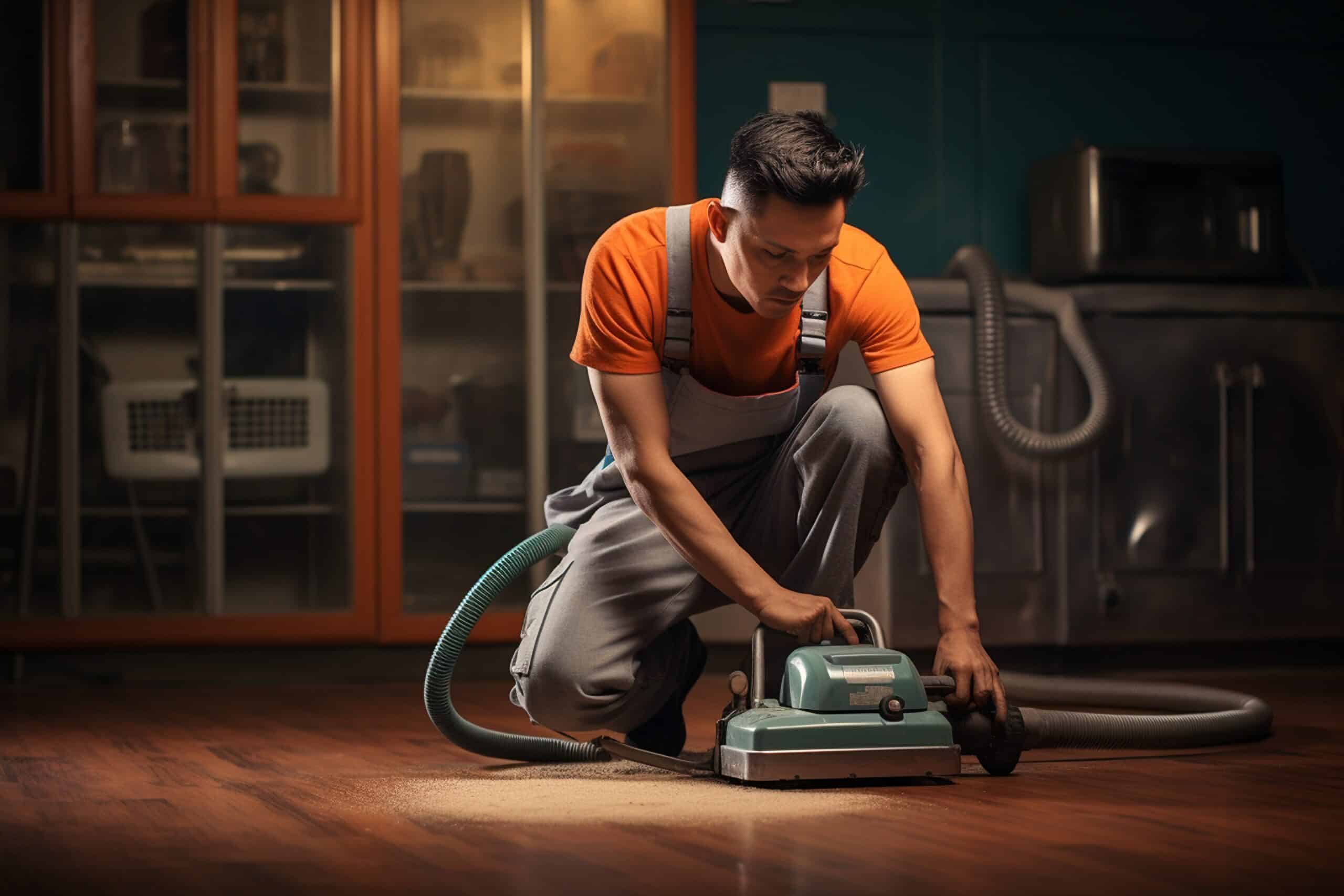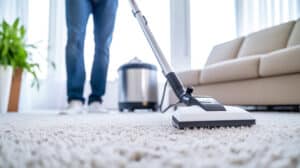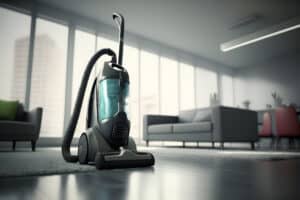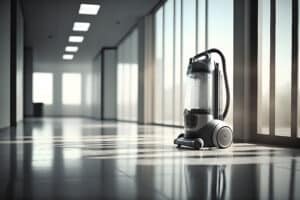How To Operate a Vacuum Cleaner
Key Takeaways
- Properly prepare your space by removing large debris and emptying the vacuum’s canister or bag.
- Familiarize yourself with the attachments that come with your vacuum cleaner and use them according to the specific cleaning tasks.
- Adjust the power settings of your vacuum cleaner based on the type of surface you are cleaning to avoid causing any damage.
Vacuum cleaners are essential tools for keeping our homes clean and free from dust, dirt, and debris. They make our lives easier by efficiently removing dirt particles from various surfaces. However, to ensure effective cleaning and maximize the lifespan of your vacuum cleaner, it is important to know how to operate it correctly. In this article, we will explore the best practices for operating a vacuum cleaner based on the information provided.
Prepare Your Space
Before you start vacuuming, it’s important to prepare your space properly. This includes picking up any large debris such as toys, papers, or other objects that could potentially clog the vacuum cleaner. Additionally, make sure to empty the vacuum’s canister or bag to provide enough space for the dirt and dust to be collected.
Familiarize Yourself With Attachments
Most vacuum cleaners come with a variety of attachments that are designed for specific cleaning tasks. It is important to familiarize yourself with these attachments and use them accordingly. For example, use a crevice tool for cleaning tight corners and edges, a dusting brush for delicate surfaces like curtains and blinds, and a motorized brush for carpets and rugs.
Plug in and Start Vacuuming
Once you have prepared your space, plug the vacuum cleaner into the correct socket and start vacuuming. It is recommended to start from the opposite side of the room and work your way towards the door. This ensures that you don’t step on the cleaned areas and leave footprints behind. If possible, use an extension cord to reach areas that are far from the power outlet.
Adjust Power Settings
Depending on the type of surface you are cleaning, it is important to adjust the vacuum’s power settings accordingly. For example, use higher power settings for carpets and rugs to remove embedded dirt and pet hair, and lower power settings for delicate surfaces to avoid causing any damage.
Start with Attachment Work
Before vacuuming the floors, it is recommended to start with attachment work. Begin from high surfaces like shelves, window sills, and ceiling corners, and work your way down to lower surfaces. This ensures that any dust or debris that falls during the cleaning process is collected by the vacuum cleaner.
Special Considerations
When it comes to specific areas or surfaces, there are some additional considerations to keep in mind. For curtains and blinds, use the dusting brush attachment with low power mode to gently vacuum and remove dust. When vacuuming rugs, it is best to vacuum them first before moving on to the floors. For shag or sheepskin rugs, use a specific technique to prevent damage, such as using gentle suction and avoiding the use of rotating brushes.
When vacuuming stairs, start with the edges and corners using a crevice tool to reach tight spots, then vacuum the top and riser of each step. It is also helpful to wear rubber gloves to quickly remove pet fur and hair from carpeted stairs.
If you have carpeted floors and you want to remove bad smells, sprinkle bicarbonate of soda over the carpet and let it sit for about 15 minutes before vacuuming. Bicarbonate of soda helps in absorbing odors and freshening up the carpet.
Conclusion
Operating a vacuum cleaner efficiently involves proper preparation, familiarity with attachments, adjusting power settings, and following specific techniques for different surfaces. By following these best practices, you can ensure effective cleaning and prolong the life of your vacuum cleaner.
Related Websites
FAQs:
Q: Why is it important to know how to operate a vacuum cleaner?
Knowing how to operate a vacuum cleaner allows you to maintain a clean and healthy living environment. It helps you efficiently remove dust, dirt, and allergens from your floors and surfaces, ensuring a fresh and hygienic space.
Q: What are the main parts of a vacuum cleaner and what are their functions?
The main parts of a vacuum cleaner include the motor, suction mechanism, dustbin or bag, filters, and attachments. The motor powers the suction mechanism, which pulls in debris into the dustbin or bag. Filters help trap dust and allergens, and attachments are used for different cleaning tasks, such as removing pet hair or vacuuming upholstery.
Q: How do I properly prepare a vacuum cleaner for use?
To prepare a vacuum cleaner for use, check the power source and cord for any damage or loose connections. Ensure that the attachments you are using are appropriate for the task at hand. Additionally, clean or replace filters if they are dirty or clogged.
Q: What are some proper vacuuming techniques?
When vacuuming, choose the right attachment for specific surfaces. Use techniques such as overlapping strokes and slow, deliberate movements for effective and efficient cleaning. Be sure to maneuver around furniture and obstacles with care to avoid damaging them.
Q: How do I troubleshoot common issues with a vacuum cleaner?
If you experience loss of suction, check for clogged filters or debris in the hose. For tangled or stuck debris, carefully remove it from the brush roll or attachments. Should you encounter any operational problems, refer to the user manual or contact the manufacturer for assistance.






